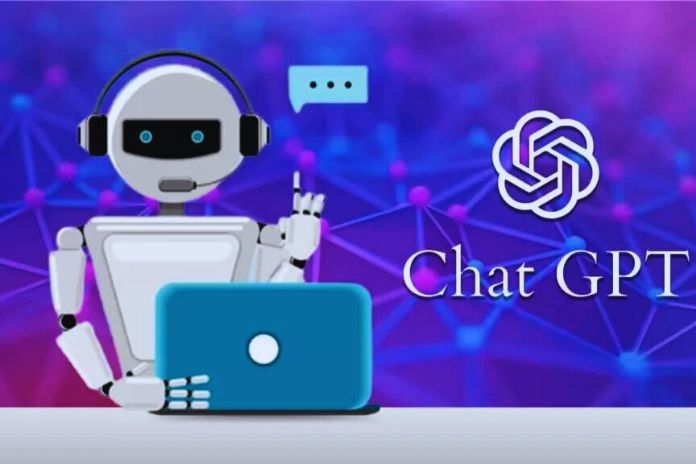Have you always dreamed of chatting with artificial intelligence? It is now possible! In recent weeks, you could not miss ChatGPT. The AI allows you to converse in messages, answer questions, and generate content. Focus on this revolutionary new tool.
What Is ChatGPT?
ChatGPT is a conversational agent prototype using artificial intelligence specialized in dialogue. This intelligent new form of chatbot is based on the GPT-3.5 architecture of OpenAI. The acronym ChatGPT stands for “Generative Pre-trained Transformer” or “Transformer Generic Pre-trained.” It can generate text on demand, but not only! He answers your questions, admits mistakes, disputes incorrect assertions, or rejects inappropriate requests.
ChatGPT can be used to get answers to questions, get advice on specific topics, or discuss general topics. Users can ask questions on science, technology, culture, politics, health, education, history, etc. It can also be used to practice a language, discuss entertainment topics, or converse with artificial intelligence. ChatGPT one is a real Swiss army knife!
How Does It Work?
ChatGPT draws information from its database of texts it has analyzed and recorded. The model was trained on a large amount of textual data, which allowed it to develop a deep understanding of linguistics and many topics. When you ask a question or express a query, ChatGPT analyzes it, searches its database for relevant information, and generates an answer based on the understanding it has gained during its training.
Like all artificial intelligence, ChatGPT also learns as it goes: the more the algorithm is solicited, the more it can provide a relevant answer. However, the tool is still limited: the chatbot needs a complete understanding of the context of certain events, for example, those in real-time, because it can only provide information based on what it has learned during its training.
The First Conversational AI?
Far from being the first conversational AI system, ChatGPT was born after several years of work. While it is particularly popular today, many chatbots preceded it:
- ELIZA: This computer psychotherapy system, developed in 1966, was one of the first chatbot systems. He used natural language response techniques to simulate a conversation with a psychologist.
- PARRY: Developed in 1972, PARRY was intended to simulate a conversation with a patient suffering from schizophrenia.
- ALICE (Artificial Linguistic Internet Computer Entity): Developed in 1995, ALICE uses a natural language response system to simulate a conversation.
- Jabberwacky: This chatbot was developed in 1988 and used a learning-based approach to simulate a conversation.
These systems played an important role in the history of conversational AI and were precursors to more advanced models.
Alternatives To ChatGPT
If ChatGPT is the best available tool, other artificial intelligence can also be useful for content creation:
- YouChat: free text generator that indicates its sources
- Chatsonic: text and image generator by artificial intelligence
- Magic Write: artificial intelligence text generator from Canva
- Simplified AI Writer: text idea generators for websites and social networks
What Are The Limits For ChatGPT?
Able to adapt to all kinds of requests, from coding a game to writing a novel, ChatGPT also raises questions, including ethical ones, that should be taken into account:
- The sources: language models are trained only on data from the internet, which can thus be biased and represent a hackneyed image of society.
- Misinformation: just like graphical AIs like Midjourney, which can produce fake news images, chatbots can be used to generate misinformation and fake news… all information created by ChatGPT must be verified and justified by concurrent sources.
- Invasion of privacy: Since chatbots have access to a very vast source of information, they can be used to collect personal information without the consent of the persons concerned, thus infringing their privacy.
- Beyond its limits, common to all artificial intelligence tools, there are also deeper questions about the place these new content creators will have to take in our societies. Issues of ethics, morals, copyright… Who is the real author, ChatGTP, or the one expressing the request? The numerous questions will have to be studied as this technological revolution progresses.
Also Read: Face ID Not Available: You Can Do That Now!

